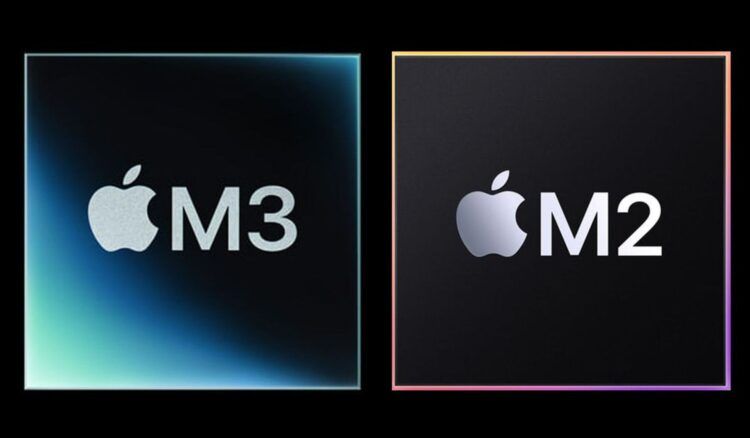The courts of the tech world have entered a new session, this time for judging between Apple’s M3 vs M2 chips following the company’s unveiling of the highly anticipated M3 chips.
Scheduled to make its debut in the refreshed iMac and MacBook Air models in 2024, the M3 promises a leap in performance that has enthusiasts eagerly awaiting its arrival. In this comprehensive exploration, we will delve into the intricacies that set the Apple M3 apart from its predecessor, the M2, with a particular focus on the revolutionary 3nm process.
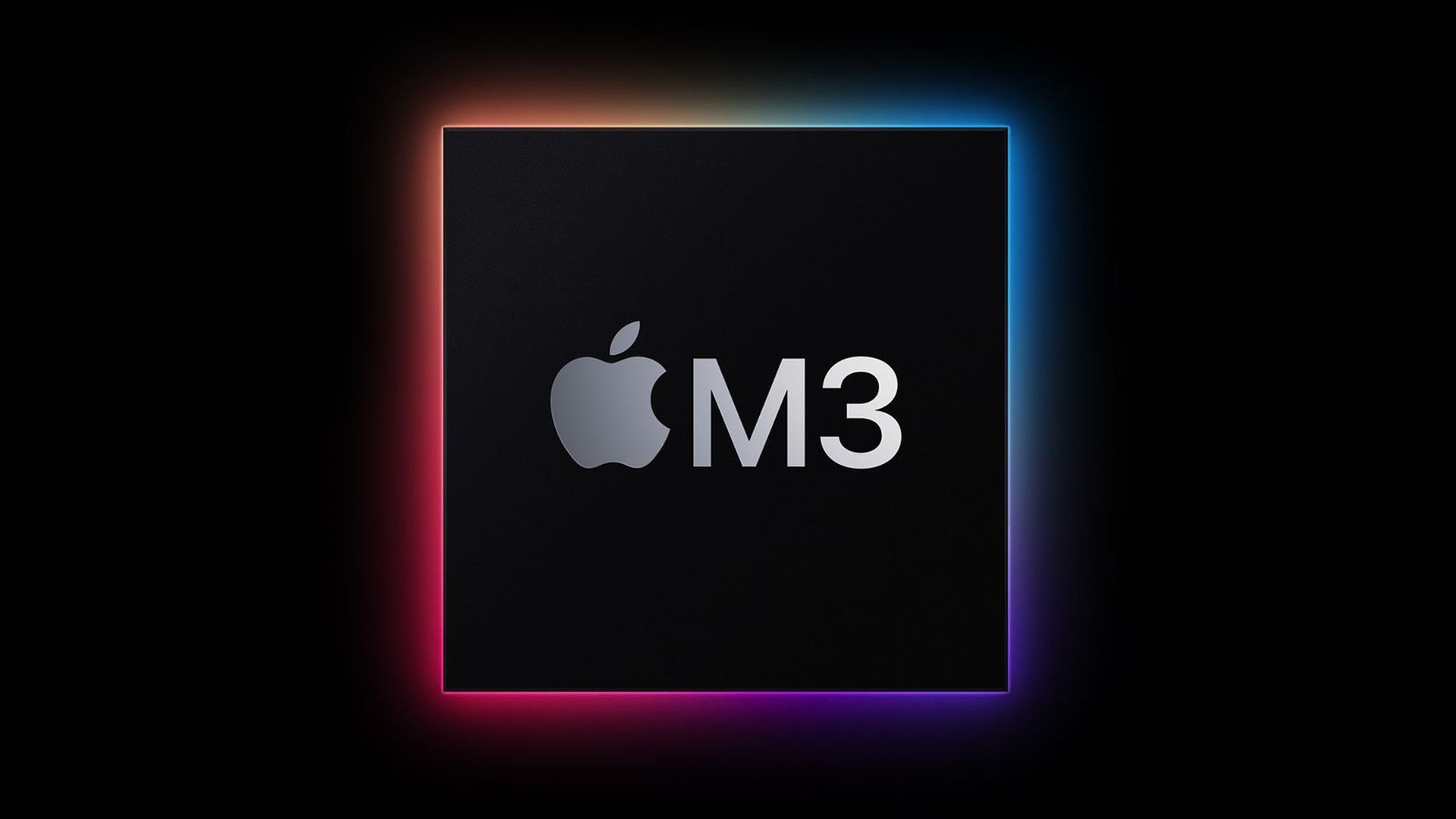
Comparing Apple’s M3 vs M2 powerhouses
While Apple’s Scary Fast presentation predominantly emphasized the M3’s capabilities in relation to the M1 chip, rather than the M2 series, we can extrapolate valuable insights from this and previous Apple statements.
The M3 is equipped with an 8-core CPU, and a formidable 10-core GPU, and boasts an impressive 24GB of unified memory—a configuration that closely mirrors the M2. What truly distinguishes the M3 is its utilization of the cutting-edge 3nm process, promising a quantum leap in both performance and efficiency.
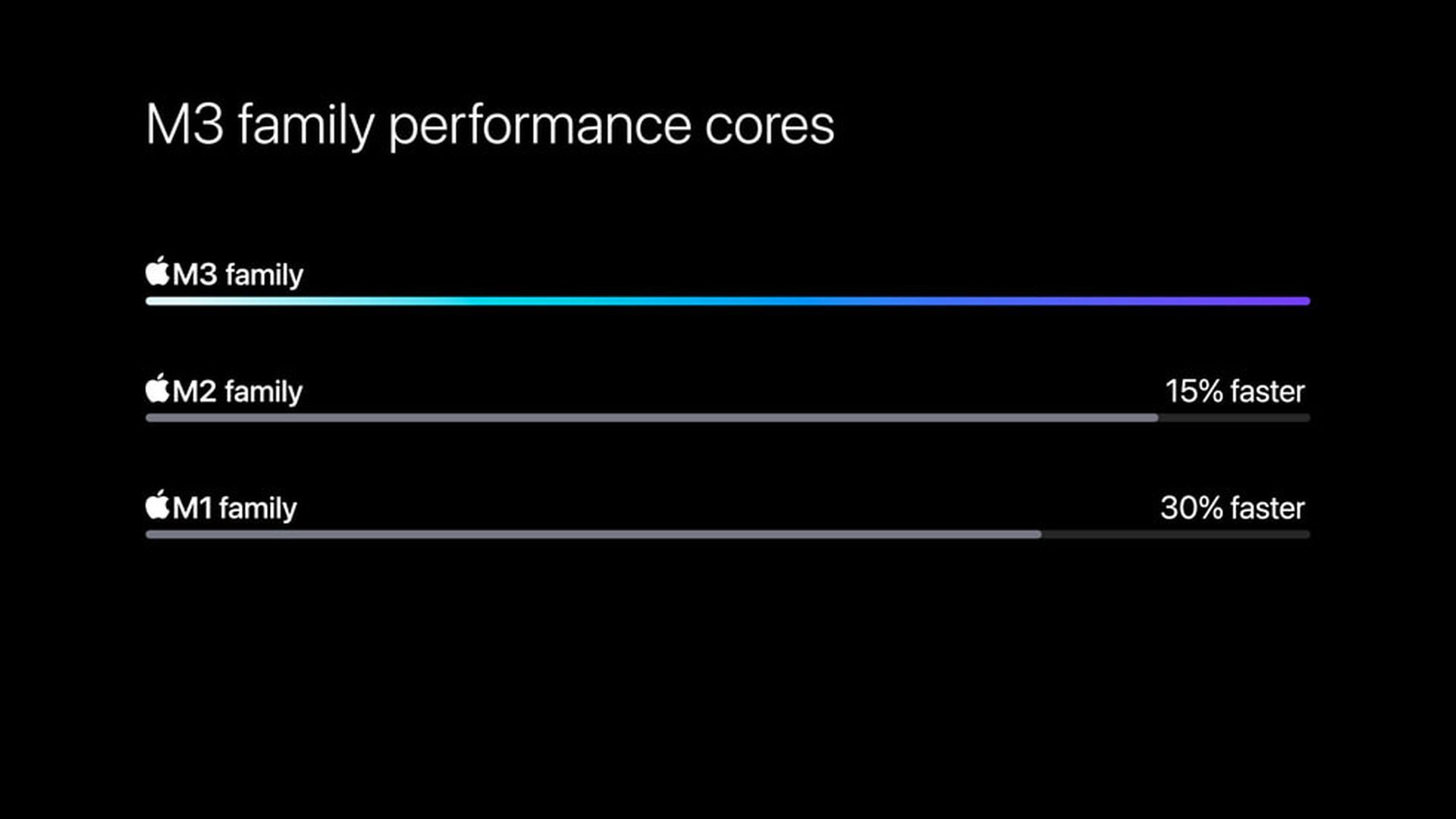
Apple asserts that the M3 delivers a remarkable 35% boost in CPU performance compared to its predecessor, the M1. Notably, when the M2 was introduced, it claimed an 18% increase in CPU performance. If Apple’s track record is any indication, users can expect a substantial performance enhancement that will undoubtedly impact a myriad of tasks.
Similar conclusions can be drawn in the realm of GPU performance. The M3 is purportedly a staggering 65% faster than its M1 predecessor, with Apple previously stating that the M2 boasted a 35% speed boost over the M1.
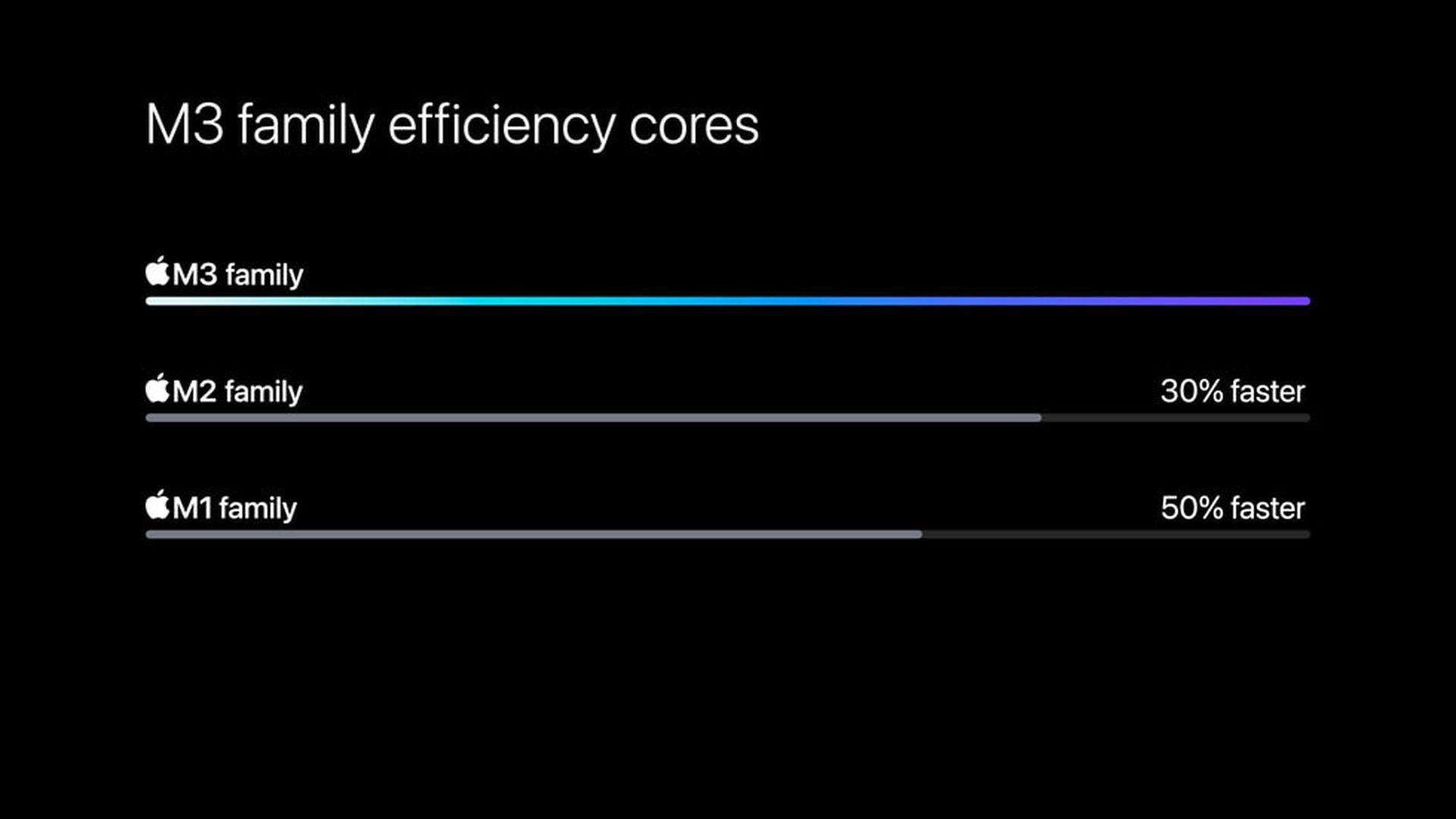
Innovations of the M3 chip
The Apple M3 introduces Dynamic Caching as a pioneering graphics feature. This dynamic allocation of local memory in real-time represents a paradigm shift from conventional GPU approaches. Apple boldly asserts that this innovation leads to a significant uptick in GPU utilization, translating to superior performance in demanding professional applications and graphically-intensive games.
Notably, the Mac with Apple M3 now supports hardware-accelerated ray-tracing, a feature familiar to users of the 3nm Apple A17 Pro chip for iPhone. This technology promises elevated lighting effects, enriching shadows and reflections to an unprecedented degree. Additionally, hardware-accelerated mesh-shading augments geometry processing efficiency on the MacBook lineup, promising a smoother and more immersive user experience.
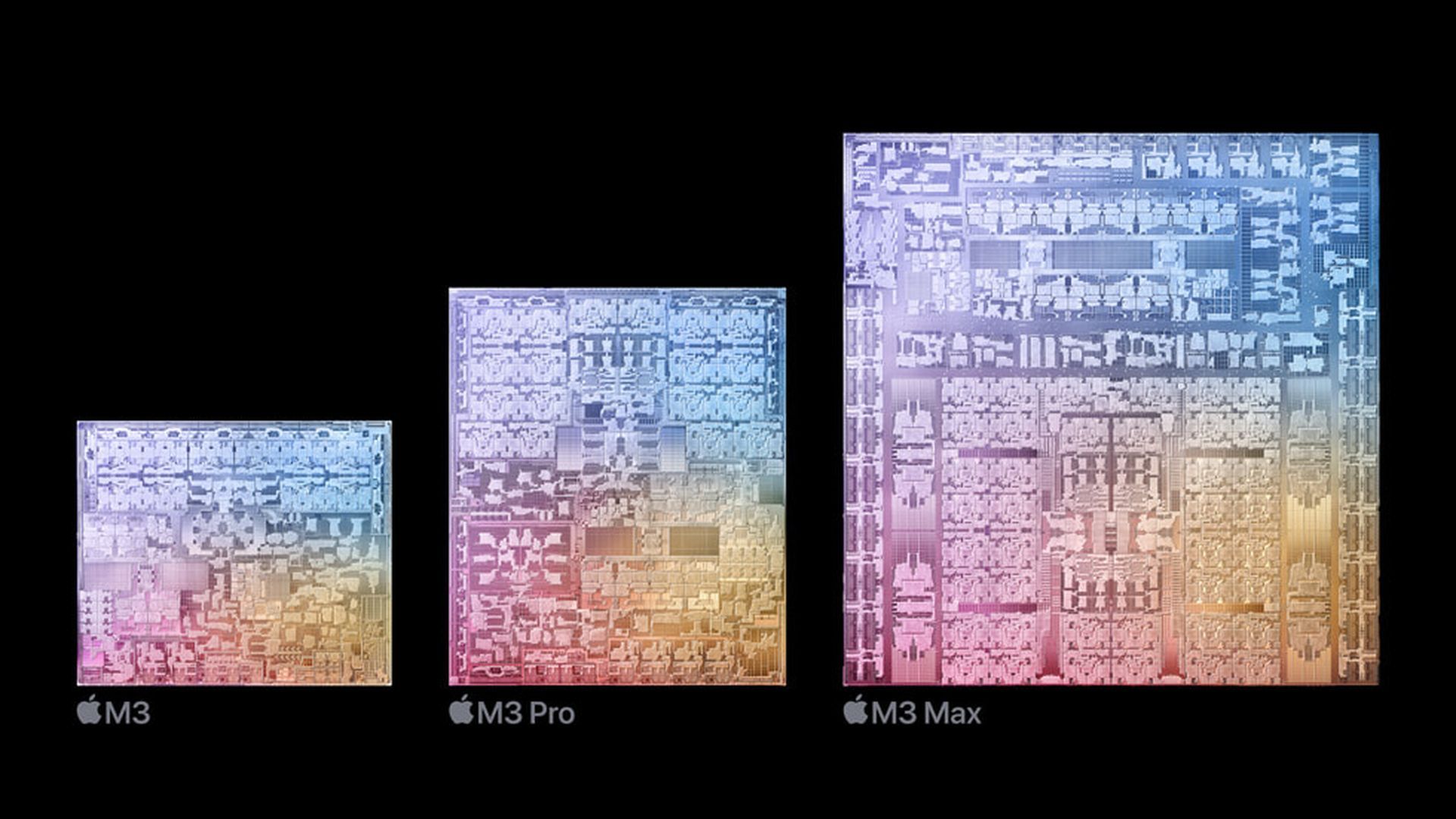
The unveiling of the Apple M3 chips heralds a new era in computing prowess, as well as starting the M3 vs M2 debate. With its groundbreaking 3nm architecture and an array of innovative features, the M3 stands poised to deliver a substantial performance boost over its predecessors. As the tech world eagerly awaits its integration into the 14-inch MacBook Pro and beyond, one thing is certain—Apple continues to push the boundaries of what’s possible in the realm of chip technology.
The M3 not only represents a significant leap forward for Apple but also redefines the expectations for high-performance computing in the broader tech landscape.
MEanwhile, if you are curious about other introductions during the Scary Fast event, make sure to check out our article that explains each and every highlt of it: What was new in the Apple Scary Fast Event.
Featured image credit: Apple

